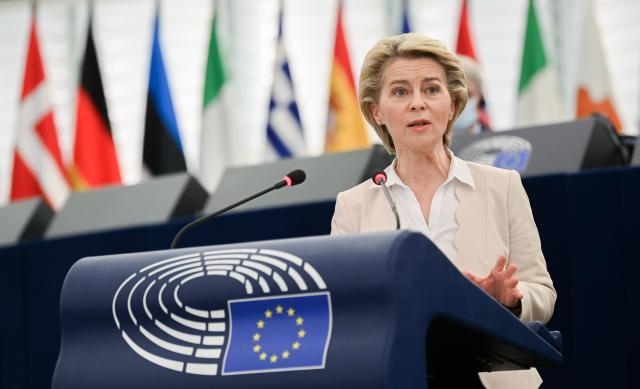European Green Deal: new rules agreed on applying the EU emissions trading system in the aviation sector
The Commission welcomes the deal reached this week between the European Parliament and the Council to help make the aviation sector ‘Fit for 55′, setting in law its contribution to our target of reducing net greenhouse gas emissions by at least 55% by 2030. The political agreement was reached late on 6 December on the revision of the EU Emissions Trading System (EU ETS) rules on aviation.
The updated rules on emissions trading will accelerate the implementation of the polluter pays principle by phasing out free allowances for the aviation sector by 2026. This agreement increases the stringency of the existing system, which has covered aviation since 2012. This means the industry will have a greater responsibility to pay for its carbon footprint, and that there will be more economic incentives to reduce emissions due to a robust price signal.
Until the start of 2027, EU carbon pricing will apply to flights within the EU/EEA and departing flights to Switzerland and the United Kingdom, maintaining the current ‘stop the clock’ mechanism on the international application of the rules. In 2026, the Commission will carry out an assessment of the Carbon Offsetting and Reduction Scheme for International Aviation (CORSIA) set up by the International Civil Aviation Organisation (ICAO), to see if it is sufficiently delivering on the goals of the Paris Agreement. Subject to the outcome of this assessment, the Commission will make a legislative proposal, which could extend the scope of EU emissions trading to departing flights if CORSIA is not sufficiently aligned with the Paris Agreement.
The deal also provides for a new support scheme to speed up the use of sustainable aviation fuels, financed with EU ETS revenues which are estimated at €1.6 billion. It will also create a new system for airlines to monitor, report and verify non-CO2 emissions and climate effects of aviation, which make up two thirds of aviation’s total climate impact. In a significant step forward on transparency, more data on international aviation emissions will be published in a user friendly manner, while protecting commercially sensitive data.
Next steps
The political agreement must now be formally adopted. Once this process is completed by the European Parliament and the Council, the new rules will be published in the Official Journal of the European Union and enter into force with immediate effect.

